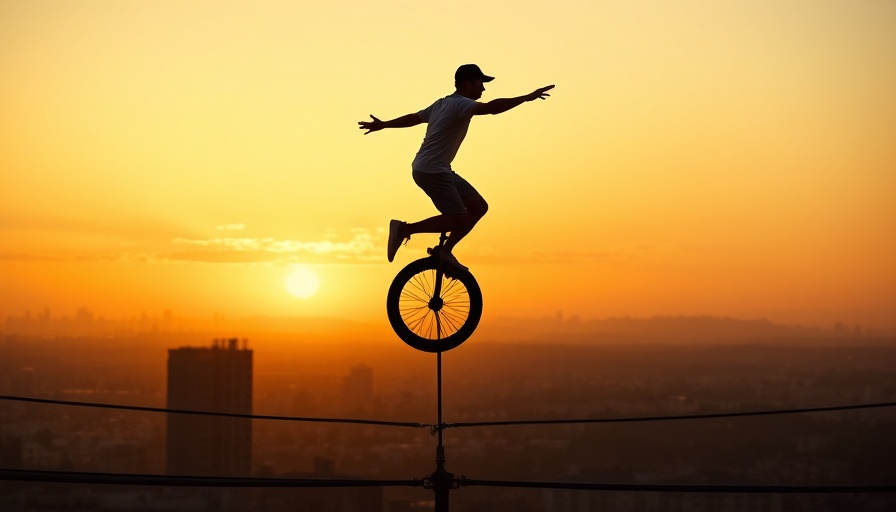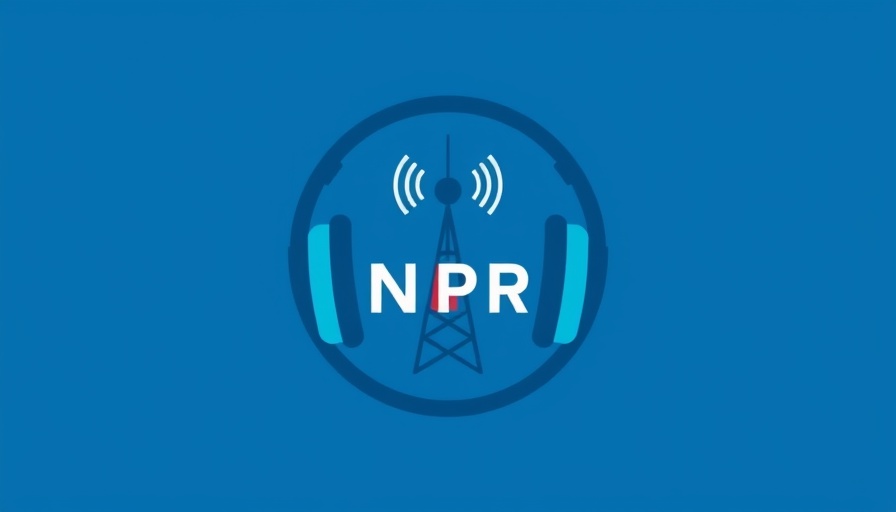
How Photography Transforms Perspectives
A little boy balancing precariously on a rope, a parrot perched on an ancient tree, and fishermen casting nets against a twilight backdrop—these images, captured by photographers with disabilities, not only showcase remarkable artistic talent but also provide a unique narrative shaped by their lived experiences. The recent winners of the Global Ability Photography Challenge have made a statement that resonates beyond their stunning visuals—these perspectives bring attention to the often-overlooked abilities and insights of individuals who navigate the world differently.
Organized by Youth4Jobs, a nonprofit devoted to helping disabled individuals access education and employment, this competition received 320 entries from 14 countries. The goal was clear: to celebrate the voices of photographers who often encounter barriers, but whose artistry brings forth stories that inspire and provoke thought. As Vicky Roy, one of the judges stated, “Persons with disabilities not only narrate stories differently because of their lived experiences, but they also have access to stories beyond the reach of non-disabled individuals.”
Meet the Winners
Among the eight winning entries are individuals whose backgrounds span various disabilities, including speech and hearing impairments, intellectual disabilities, and visual impairments. For instance, Awinash Kulkarni, who became a paraplegic at the age of 21, captures the poignant struggles of others like him through his lens. His photo, showing a young boy performing precariously by a pedestrian bridge, evokes empathy not just for the subject but also for the harsh realities faced by many in similar circumstances.
Similarly, Nithin Yadagiri, a 20-year-old with an intellectual disability, has found his passion for photography through mimicking the actions of those around him. Capturing a beautifully colored parrot became a cultural expression, emphasizing how even simple interactions have profound effects on personal connection and self-expression.
Sai Mohith's striking image of fishermen at the Godavari River encapsulates the resilience and determination not only of those he photographed but also reflects his own journey as an individual with low vision. “I correlated with their struggles,” Mohith remarked, highlighting the universal themes of survival and perseverance that resonate across communities.
The Healing Power of Artistic Expression
Photography has proven to be more than just a hobby for the participants; it is a tool of empowerment. Deepanshi Sharma, who utilizes a wheelchair due to her medical condition, finds solace in capturing nature unless it is to express beauty despite adversity. Her photograph of raindrops on a pomegranate flower symbolizes a celebration of life despite hardship, reinforcing the notion that art can uplift and inspire.
From therapy to expression, photography has served as a form of liberation for many artists. Rohan Goyal, a photographer with Down syndrome, initially approached photography as part of therapeutic practice but has transformed it into a budding career. His work now includes multimedia and animation, displaying the profound impact of artistic outlets in fostering independence and self-worth.
Raising Awareness Through Art
The representation of individuals with disabilities in photography challenges societal norms and champions inclusivity. Akanksha Kamble’s poignant image of a deaf friend at a chalkboard illustrates her call for educational institutions to become more accommodating and inclusive. “You are talented, capable and deserve a place in education and the arts,” Kamble's work reminds the world, urging us to disrupt the status quo and advocate for necessary changes.
Global Recognition and Future Trends
As the Global Ability Photography Challenge continues to garner attention, it underscores a growing trend where art serves as a platform for advocacy and awareness. The recognition of these talented photographers doesn’t only spotlight their achievement; it also encourages similar initiatives across the globe, opening pathways for diverse narratives to be shared.
Similarly, the partnership between Youth4Jobs and U.N. India emphasizes the role of collaboration in changing perceptions about disabilities in society. Awareness campaigns leveraging these visual narratives can help dispel misconceptions, fostering a more inclusive environment for all.
Connecting Through Stories
Despite their challenges, these winners have proven that storytelling through visual art can bridge gaps between communities. Their ability to highlight resilience, creativity, and human connection suggests that diversity in experiences fosters richness in storytelling.
The challenge lies in ensuring that such platforms remain accessible, encouraging wider participation from disabled communities. By providing resources and support for budding photographers, organizations can spearhead initiatives that allow new voices to emerge and share their unique perspectives, ultimately enriching society.
Your Role in Supporting Representation
As corporate leaders and industry influencers, creating inclusive spaces is vital. Supporting initiatives like the Global Ability Photography Challenge or similar art platforms can foster a richer narrative tapestry. Embracing diverse perspectives in your corporate narratives not only diversifies your image but also reinforces a commitment to social equity.
By investing in representation and storytelling, companies can play a significant role in changing narratives around disability, ultimately polishing their brand image while contributing to social growth.
 Add Row
Add Row  Add
Add 




 Add Row
Add Row  Add
Add 

Write A Comment